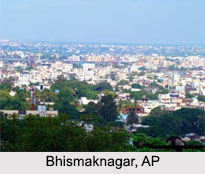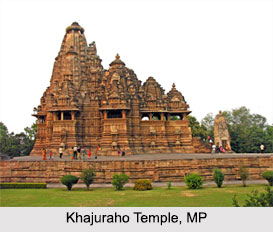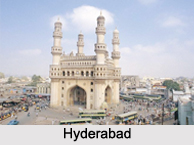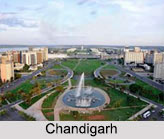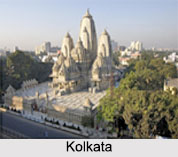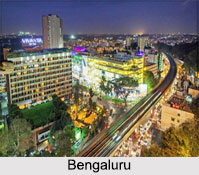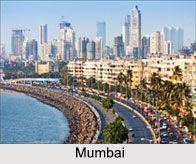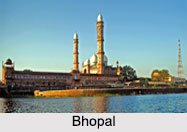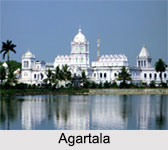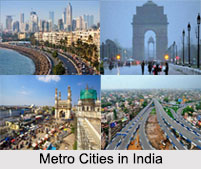Behea is a small town as well as a notified area in the Bhojpur district in the state of Bihar in India. The state of Bihar has a total of thirty-eight districts and the Bhojpur district is one of them. It is included under the Patna division. The exact location of the Bhojpur district is 25°35` N and 84°8` E. The administrative headquarters are at Arrah. The district spreads over an area of 2,474 sq km and has a total population of 1,792,771 (as per the 2001 census). Out of these, 1,557,287 people live in the rural areas and 235,484 in the urban areas.
There are three sub- divisions of the district, namely Ara Sadar, Jagdishpur and Piro. This district is well known for its participation in India`s struggle for independence. Veer Kunwar Singh belonging to Jagdishpur subdivision of this district was the leader of the rebels during the first war of Indian independence in 1857, called the Sepoy Mutiny by the British.
As per the 2001 India census, the total population of Behea amounts to 20,809. Males make up 53% of the population and females comprise 47%. Behea has a mean literacy rate of 59%, lower than the nationwide standard of 59.5%. 59% of the males and 41% of the females are literate. 17% of the population is made up of children less than 6 years of age.
The town has a railway station and is also an important business center for minor traders, who generally gather agricultural produce from the cultivators and sell them in the bigger cities and also in the neighboring countries. There are a few timber traders too, who obtain timber and stone blocks from larger cities and deliver it to the villagers, who utilize it for building houses. A place of tourist attraction in the town is the "Mahthin Mai" temple. The Hindus regard it as a consecrated place. A number of fairs are held in the temple campus every year. Like the remaining part of the Bhojpur district, the language spoken by a majority of the people in Behea is Bhojpuri.
